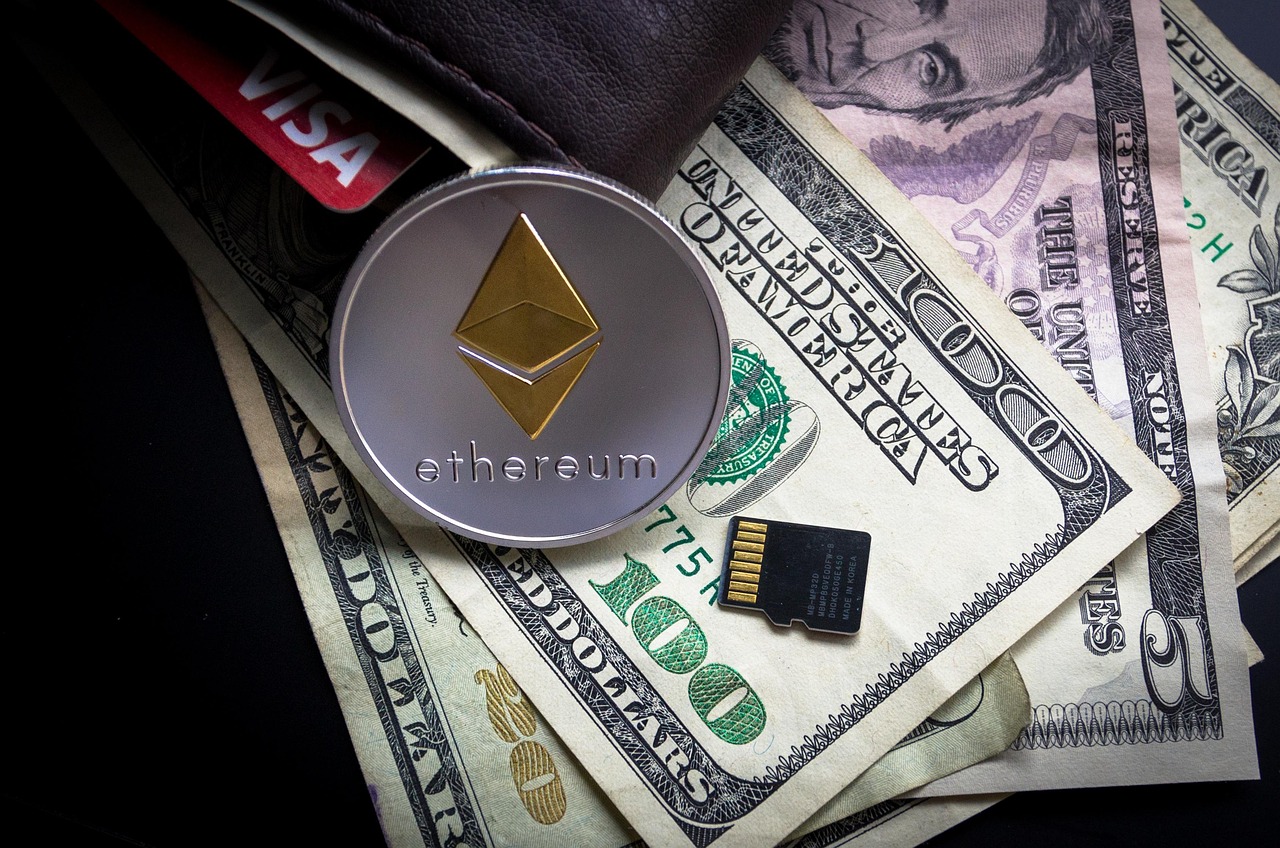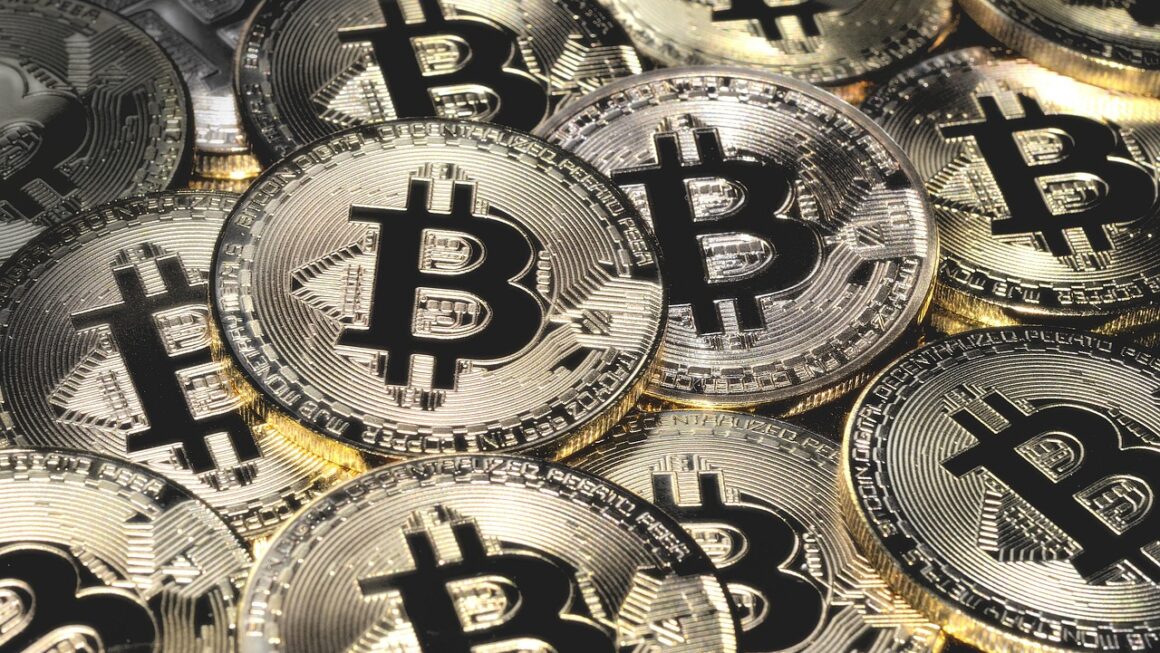The world of cryptocurrency never stands still. From Bitcoin’s initial boom to the rise of NFTs and DeFi, the digital asset landscape is in constant flux. Staying ahead of the curve is crucial for investors, developers, and anyone interested in understanding the future of finance. This blog post will delve into some of the most significant crypto trends shaping the industry today, providing insights into what’s driving them and what to expect in the near future.
Institutional Adoption and its Impact on Crypto Markets
Growing Institutional Interest
Institutional investors, including hedge funds, pension funds, and corporate treasuries, are increasingly showing interest in crypto assets. This influx of capital brings legitimacy, liquidity, and stability to the market. Companies like MicroStrategy and Tesla have made significant Bitcoin investments, signaling a shift in perception towards crypto as a legitimate asset class.
- Increased Liquidity: Larger institutional investments inject significant capital into crypto exchanges, reducing volatility and making it easier to execute large trades.
- Price Stabilization: Institutional investors tend to have longer-term investment horizons compared to retail traders, which can lead to greater price stability.
- Regulatory Acceptance: Institutional involvement pushes regulators to provide clearer guidelines and frameworks for crypto assets, fostering a more secure and predictable environment.
- Example: Grayscale Investments, a digital asset management firm, holds a substantial amount of Bitcoin and other cryptocurrencies in its trusts, making it easier for institutional investors to gain exposure to the crypto market without directly purchasing and managing the assets.
The Rise of Crypto ETFs and Investment Products
The development of Exchange-Traded Funds (ETFs) linked to cryptocurrency prices is a significant trend. ETFs allow traditional investors to gain exposure to crypto without directly owning the underlying assets, making it more accessible and convenient.
- Simplified Access: ETFs are traded on traditional stock exchanges, allowing investors to buy and sell crypto-linked assets through their existing brokerage accounts.
- Diversification: Crypto ETFs often hold a basket of different cryptocurrencies, reducing risk compared to investing in a single asset.
- Increased Adoption: The availability of crypto ETFs attracts a broader range of investors who may have been hesitant to enter the market directly.
- Example: While a spot Bitcoin ETF approval in the US has been a long time coming, countries like Canada and several European nations have approved such ETFs, offering investors a regulated and accessible way to invest in Bitcoin. This demonstrates the growing demand and regulatory progress in different regions.
Decentralized Finance (DeFi) Evolution
DeFi 2.0 and Beyond
DeFi continues to evolve, addressing some of the challenges faced by early adopters, such as high transaction fees and impermanent loss. DeFi 2.0 solutions aim to improve capital efficiency, enhance security, and foster greater sustainability.
- Improved Capital Efficiency: New protocols are designed to optimize capital allocation, allowing users to earn higher yields with less risk.
- Enhanced Security: DeFi 2.0 projects are focusing on robust security audits and innovative mechanisms to prevent exploits and vulnerabilities.
- Sustainable Yield Generation: Projects are exploring new ways to generate yield that are less reliant on unsustainable token emissions.
- Example: Olympus DAO pioneered the concept of protocol-owned liquidity, where the protocol itself owns and manages its liquidity pool, reducing reliance on mercenary capital and fostering greater stability.
Real-World Asset Integration
Integrating real-world assets (RWAs) into DeFi protocols is a growing trend. This involves tokenizing assets like real estate, commodities, and stocks, bringing them onto blockchain networks and enabling new financial applications.
- Increased Liquidity: Tokenizing RWAs allows them to be easily traded and fractionalized, increasing liquidity and accessibility.
- New Investment Opportunities: Investors can gain exposure to a wider range of assets through DeFi protocols, diversifying their portfolios.
- Greater Efficiency: Tokenizing RWAs streamlines processes like lending, borrowing, and trading, reducing intermediaries and lowering costs.
- Example: Projects like Centrifuge are working to tokenize real-world assets such as invoices and mortgages, allowing them to be used as collateral in DeFi lending protocols. This brings real-world utility to DeFi and unlocks new opportunities for borrowers and lenders.
The Rise of NFTs and the Metaverse
NFTs Beyond Collectibles
Non-fungible tokens (NFTs) have evolved beyond digital collectibles, finding applications in various industries, including gaming, art, music, and ticketing.
- Enhanced Ownership: NFTs provide verifiable ownership of digital assets, empowering creators and collectors.
- New Revenue Streams: NFTs enable creators to monetize their work in new ways, such as through royalties on secondary sales.
- Community Building: NFTs can be used to create exclusive communities and reward loyal fans.
- Example: Decentraland and The Sandbox are virtual worlds where users can buy, sell, and develop land using NFTs. These platforms showcase the potential of NFTs to create immersive and interactive experiences.
Metaverse Interoperability
The metaverse, a persistent and immersive virtual world, is gaining traction. One of the key challenges is interoperability between different metaverse platforms.
- Seamless Experiences: Interoperability allows users to move their avatars, assets, and identities between different virtual worlds, creating a more unified metaverse experience.
- Increased Value: Interoperable NFTs can be used across multiple platforms, increasing their utility and value.
- Greater Innovation: Interoperability fosters collaboration and innovation between different metaverse developers.
- Example: Projects like Ready Player Me are working to create universal avatars that can be used across various metaverse platforms, enabling users to maintain a consistent identity across different virtual worlds.
Regulatory Landscape and Compliance
Evolving Regulatory Frameworks
Governments around the world are developing regulatory frameworks for cryptocurrencies, ranging from outright bans to supportive policies.
- Clarity and Certainty: Clear regulations provide businesses and investors with greater certainty, fostering innovation and investment.
- Consumer Protection: Regulations aim to protect consumers from fraud, scams, and other risks associated with crypto assets.
- Tax Compliance: Governments are implementing rules for taxing crypto transactions, ensuring that individuals and businesses comply with tax obligations.
- Example: The European Union’s MiCA (Markets in Crypto-Assets) regulation is a comprehensive framework for regulating crypto assets, aiming to provide clarity and certainty for businesses operating in the EU. This demonstrates a proactive approach to regulating the crypto industry.
Compliance Solutions and Tools
As regulations become more stringent, businesses need to implement robust compliance solutions to ensure they meet their obligations.
- KYC/AML Compliance: Know Your Customer (KYC) and Anti-Money Laundering (AML) procedures are essential for preventing illicit activities.
- Transaction Monitoring: Tools that monitor crypto transactions for suspicious activity can help identify and prevent fraud.
- Regulatory Reporting: Businesses need to have systems in place to report crypto transactions to regulatory authorities.
- Example: Companies like Chainalysis and CipherTrace provide blockchain analytics and compliance solutions that help businesses monitor crypto transactions, identify risks, and comply with regulatory requirements.
Conclusion
The crypto landscape is dynamic and constantly evolving. By understanding these key trends – institutional adoption, DeFi innovation, the expanding utility of NFTs, metaverse development, and evolving regulatory frameworks – you can position yourself to navigate the future of digital assets successfully. Staying informed and adapting to these changes will be crucial for both investors and businesses in the years to come. The future of finance is being written now, and these trends are shaping its narrative.
Read our previous article: Quantum Chemistrys Next Revolution: A Quantum Algorithms Dawn
For more details, see Investopedia on Cryptocurrency.




